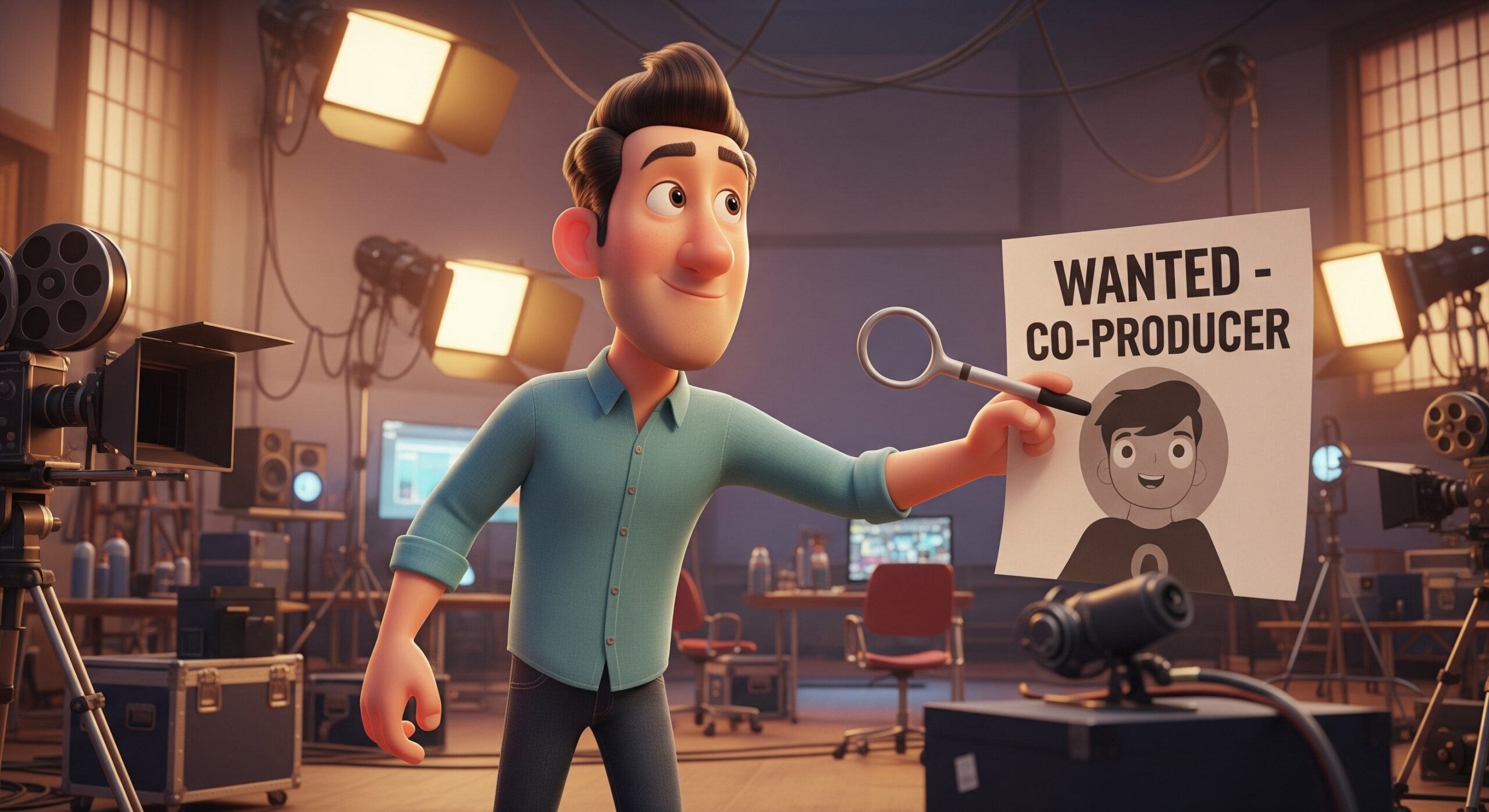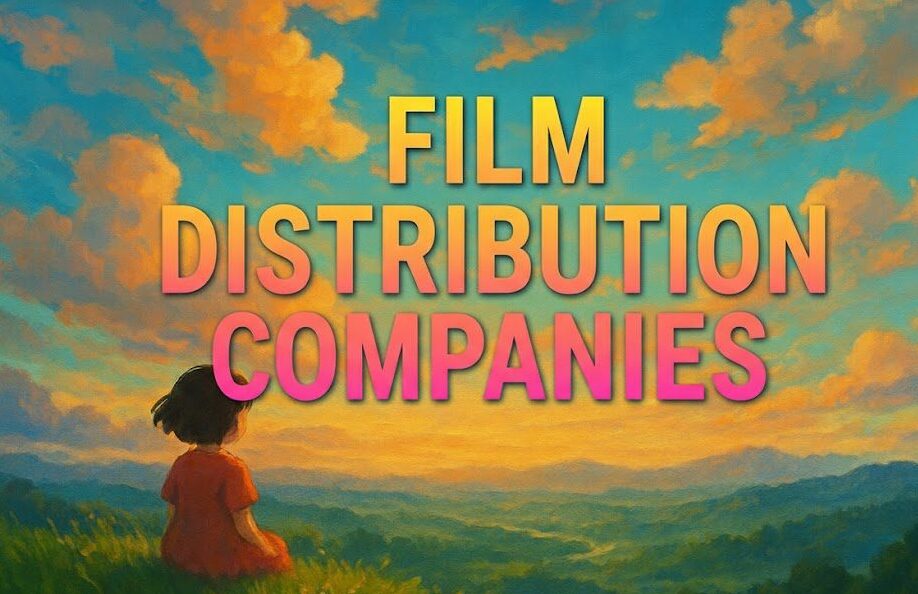Confessions of a Co-Production Scout: What I Look for in a Partner (And What’s a Red Flag)
Finding the right co-production partner is equal parts creative matchmaking and operational due diligence. Here’s what really matters when scouting collaborators—and what quietly kills a deal.

- A Clear Slate of Ownersh
The first red flag is ambiguous rights. If the IP is tied up with five entities and no one has final say, we’re out.
Green Light: A partner with clean IP, clear option timelines, and written agreements. Bonus: a plan for recoupment and transparency on backend.
- Real Production Capability
Do they actually have a crew? Equipment? Can they deliver on a 6-week shoot in rural Colombia or southern Italy? Are they just middlemen?
Red Flag: Inflated reels or a company that’s all marketing, no muscle.
- Cultural and Creative Compatibility
Can they tell stories that align with our tone, ethics, or pacing? Are they open to feedback? Do they “get” our audience?
What works: Partners who send prior cuts, moodboards, and even what not to do references.
- Administrative Maturity
Are they spreadsheet-literate? Can they manage grants, legal, and tax credits? Do they have a local lawyer who understands treaties and regulations?
Red Flag: “We’ll figure that out later.” (They never do.)
- Trust Built Through Small Wins
Start with something small—a 10-minute short, a development partnership. The best long-term co-pros begin with “low-stakes” proof of compatibility.
Bonus Signals of a Great Partner:
– Fast, clear email replies
– Transparency on costs and markups
– Local casting contacts and location access
– A project tracker or shared production tool
Final Word:
Co-production success is rarely about who’s got the flashiest trailer. It’s about operational alignment, legal clarity, and shared intent. Great partners reduce friction. If you’re constantly clarifying roles, rights, or creative boundaries—it’s probably not a fit.





































